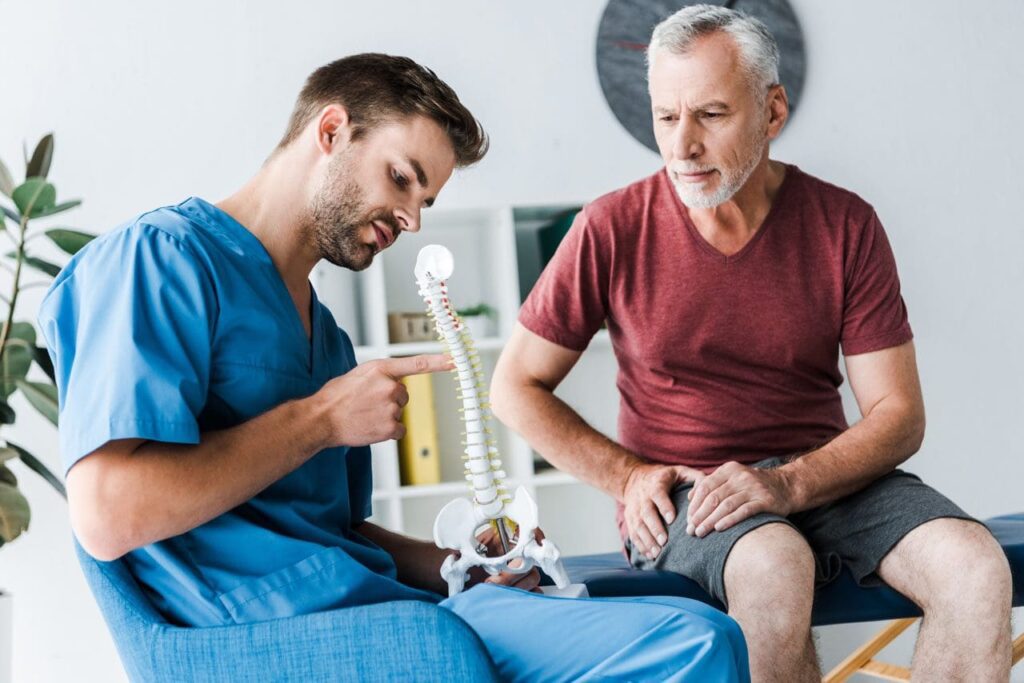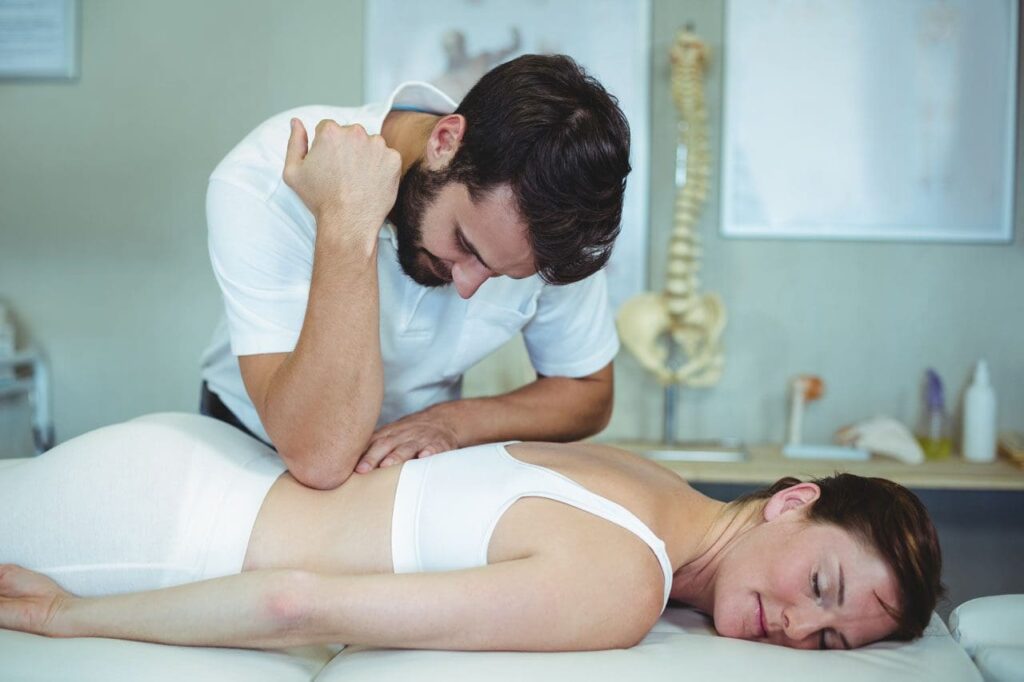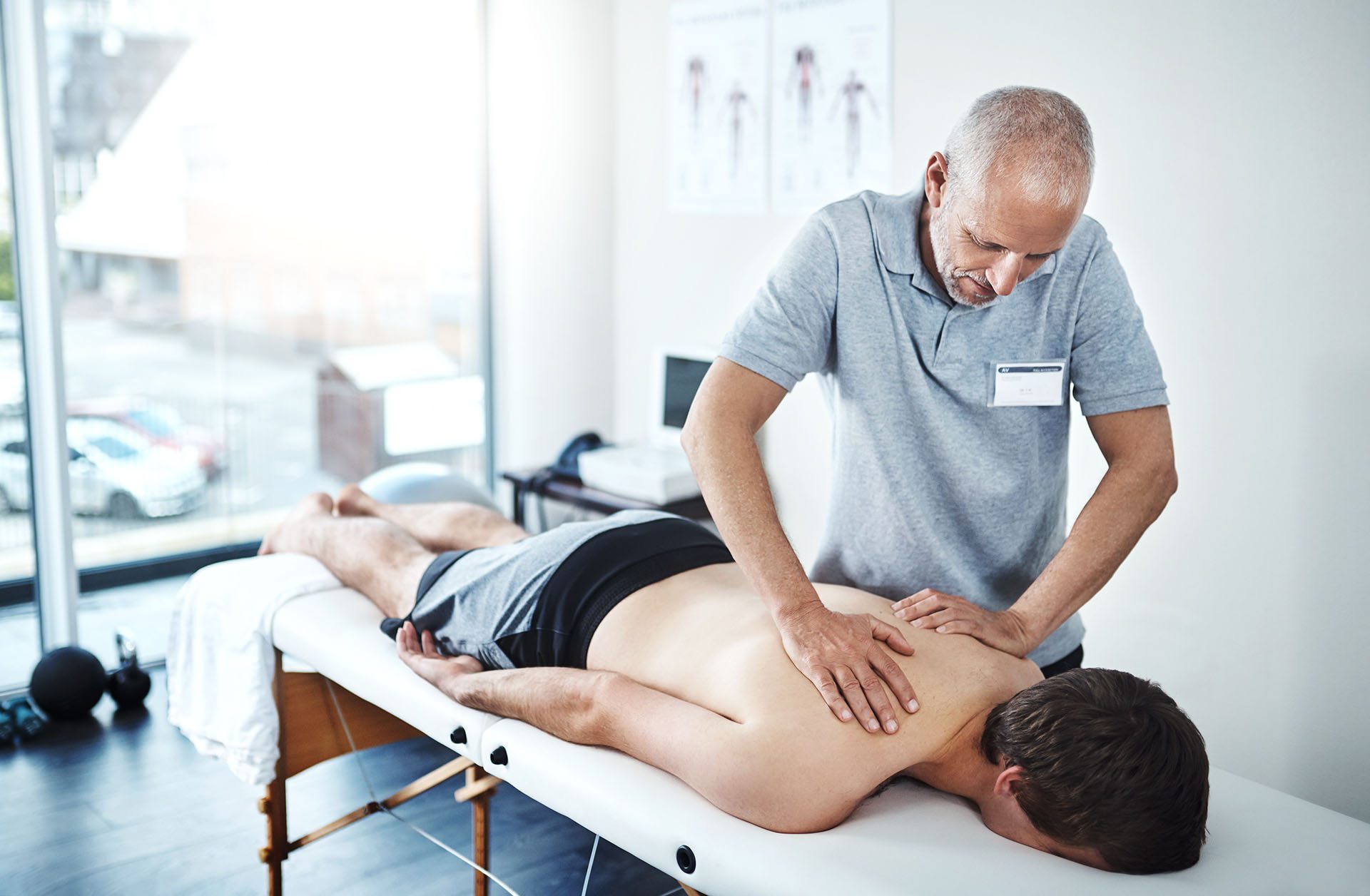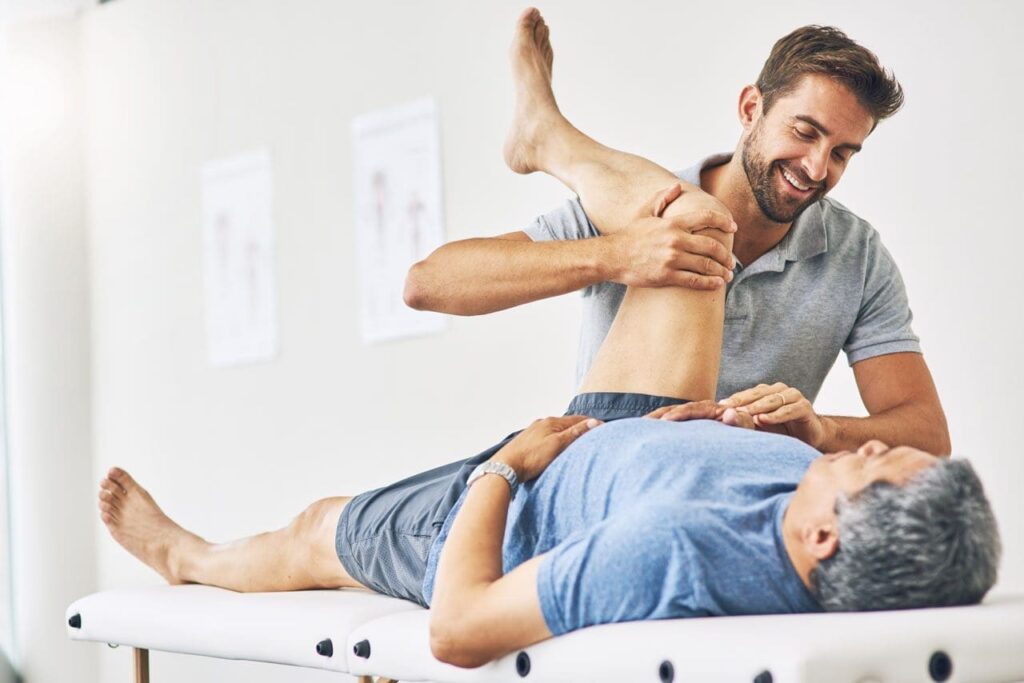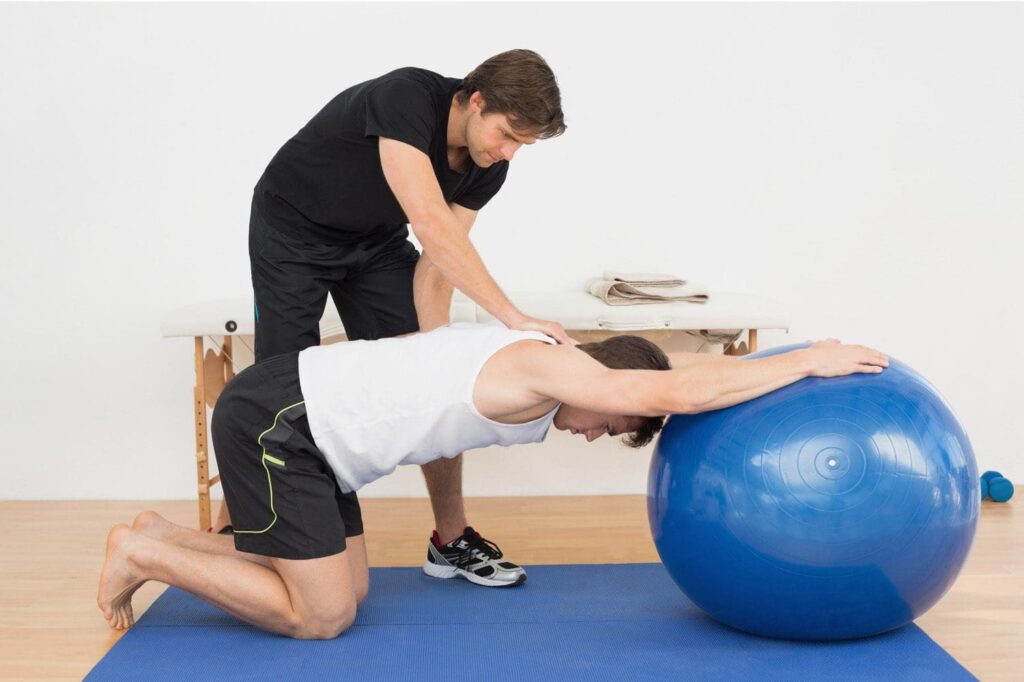Gut-Skin Axis Healing with ChiroMed Care

Unlock Radiant Skin: How Gut Health Shapes Your Glow
Your skin reflects your inner health, and at ChiroMed – Integrated Medicine in El Paso, TX, we understand that a healthy gut is key to a vibrant complexion. The gut-skin axis, a fascinating connection between the digestive system and skin, reveals how imbalances in gut bacteria—known as dysbiosis—can lead to issues such as acne, eczema, or premature wrinkles. By addressing these root causes with holistic care, our team helps patients achieve clearer, healthier skin.
Research suggests that nurturing your gut microbiome can have a positive impact on your skin. At ChiroMed, we combine chiropractic care, nurse practitioner expertise, nutrition counseling, and therapies such as acupuncture to create personalized plans that promote healing from within (Kober & Bowe, 2015). This article examines how dysbiosis triggers inflammation and oxidative stress, compromising the skin’s barrier, and how our integrative approach—led by Dr. Alexander Jimenez, DC, APRN, FNP-C—restores balance for optimal results.
The Gut-Skin Axis: Your Body’s Hidden Connection
The gut-skin axis is like a conversation between your gut and skin. A balanced gut microbiome produces short-chain fatty acids (SCFAs) that calm inflammation and support immunity (Salem et al., 2018). But when dysbiosis occurs—often from poor diet, stress, or antibiotics—harmful bacteria take over, leaking toxins into your bloodstream. This “leaky gut” triggers inflammation, which manifests as skin issues (Bowe et al., 2014).
Dysbiosis also ramps up oxidative stress, where free radicals damage collagen, leading to wrinkles (Wang et al., 2023). It weakens the skin barrier, reducing ceramides that keep skin hydrated and strong (Krutmann et al., 2019). At ChiroMed, we address this issue with tailored plans that utilize a combination of diet, supplements, and chiropractic adjustments to restore gut harmony and promote skin health.
How Gut Imbalances Cause Skin Problems
Dysbiosis doesn’t just stay in your gut—it shows on your face. Here’s how it fuels three common skin concerns:
- Acne: Imbalanced gut bacteria boost insulin, increasing oil production and clogging pores. Studies link low gut diversity to acne flare-ups (Lee et al., 2019, as cited in Wang et al., 2023). ChiroMed’s nutrition plans reduce sugar intake and incorporate probiotics to help balance this cycle.
- Eczema: Low gut diversity allows bacteria like Staphylococcus aureus to dominate, exacerbating itchy rashes. Probiotics can reduce the risk of eczema by 30% (Szari & Quinn, as cited in Johnson et al., 2024). Our team uses naturopathy to rebuild gut health.
- Premature Aging: Oxidative stress from dysbiosis breaks down collagen, accelerating the formation of wrinkles. Gut inflammation adds “inflammaging” (Fisher et al., 2002). ChiroMed’s antioxidant-rich diets and stress relief help reverse this.
Our holistic approach targets these pathways, thereby easing inflammation and strengthening the skin’s barriers.
Inflammation and Oxidative Stress: The Root of Skin Issues
Inflammation and oxidative stress are the culprits behind dysbiosis-driven skin problems. Leaky gut lets bacterial toxins (LPS) trigger cytokines like IL-6, causing redness or psoriasis plaques (Mu & Kirby, 2018). Oxidative stress, exacerbated by dysbiosis, enables free radicals to damage the skin’s structure, leading to dermal thinning (Kim et al., 2018, as cited in Wang et al., 2023). A weak skin barrier loses moisture, allowing irritants to enter (Simpson et al., 2014).
At ChiroMed, we address these issues with chiropractic adjustments to alleviate nerve stress, probiotics to reduce cytokine levels, and a balanced diet to boost antioxidant intake. A trial demonstrated that Lactobacillus reduced oxidative markers by 25% in patients with acne (Fabbrocini et al., 2016, as cited in Wang et al., 2023).
Dietary Changes: Feed Your Gut, Glow Your Skin
Food is a powerful tool for the gut-skin axis. At ChiroMed, we emphasize:
- Prebiotics, such as onions, garlic, and bananas, feed beneficial bacteria, which in turn reduce inflammation (Slavin, 2013).
- Probiotics, such as those found in yogurt and kimchi, help restore balance, reducing acne lesions by 20-30% (Kober & Bowe, 2015).
- Fiber: Aim for 35 grams daily from oats and beans to boost SCFAs (Makki et al., 2018).
We avoid triggers such as sugar and dairy, which can spike inflammation (Bowe et al., 2010). Our nutritionists craft plans, such as Mediterranean diets, that promote clear skin and gut health (Barrea et al., 2015).
Stress Reduction: Calming Gut and Skin
Stress disrupts gut bacteria, leading to increased cortisol levels and worsening skin conditions (Konturek et al., 2011). ChiroMed offers mindfulness and yoga to lower cortisol by 20% (Carlson et al., 2015). Yoga poses like child’s pose stimulate the vagus nerve, reducing inflammation (West et al., 2004). Our therapists guide patients to calmer minds and clearer skin.
Targeted Supplementation: Boosting Gut-Skin Health
Supplements bridge dietary gaps:
- Vitamin D: 2,000 IU daily eases eczema (Umar et al., 2018).
- Zinc: 30 mg reduces the severity of acne lesions (Gupta et al., 2014).
- Omega-3s: 1-2g daily hydrates skin (Serefko et al., 2016).
- Probiotics: Multi-strain supplements restore balance (Gueniche et al., 2010, as cited in Wang et al., 2023).
ChiroMed’s nurse practitioners tailor these after testing.
Lifestyle Tweaks: Everyday Skin Wins
Sleep for 7–9 hours to lower cortisol (Benedict et al., 2016). Walk 30 minutes daily to boost circulation. Use SPF 30 to shield skin from UV damage. ChiroMed’s team integrates these into your plan for lasting results.
ChiroMed’s Integrative Approach: Healing Inside Out
At ChiroMed, our chiropractic nurse practitioners, such as Dr. Alexander Jimenez, combine spinal adjustments with integrative care. Adjustments ease gut nerve stress, reducing dysbiosis (Jafarzadeh et al., 2020). We combine naturopathy, acupuncture, and nutrition to create personalized plans that cut inflammation and enhance skin health (Horrigan, 2017).
Dr. Alexander Jimenez: Transforming Health in El Paso
Dr. Alex Jimenez, DC, APRN, FNP-C, leads ChiroMed with 30+ years of expertise. His dual-scope approach—chiropractic and nursing—diagnoses injuries from work, sports, personal falls, or MVAs using advanced imaging like MRI (Jimenez, n.d.a). He links injuries to gut stress, which can exacerbate skin issues through inflammation.
For a patient with whiplash and acne, Dr. Jimenez might use adjustments to relieve nerve pressure, acupuncture to calm inflammation, and probiotics to heal dysbiosis, resulting in clearer skin in weeks. His clinic handles legal documentation for injury claims, ensuring accurate reports for insurance or attorneys (Jimenez, n.d.b).
Through targeted exercises, massage, and acupuncture, ChiroMed promotes natural healing, helping to prevent chronic issues. Dr. Jimenez’s “Tell A Veteran” initiative extends this to veterans, and his blog shares insights on holistic recovery (Jimenez, n.d.b).
Personalized Plans at ChiroMed: Your Path to Clear Skin
Our plans begin with gut and skin assessments, which include stool tests, blood work, and barrier scans. We craft diets (e.g., prebiotics for dysbiosis), supplements (such as zinc for acne), and therapies (like massage for stress). A patient with eczema who experienced an injury reported a 60% improvement with the combination of probiotics and yoga, as noted by Johnson et al. (2024).
Case Studies: Real ChiroMed Successes
- Maria, 40: Post-MVA back pain and psoriasis. Dr. Jimenez’s plan—adjustments, omega-3s, fiber—eased pain and cleared skin in 10 weeks.
- Jake, 25: Work injury and acne. Nutrition and acupuncture reduced breakouts by balancing gut microbes (Nirvana Healthcare, n.d.).
Advanced Care: Probiotics and More
Probiotics, such as Bifidobacterium breve, protect the skin from UV damage (Ishii et al., 2014, as cited in Wang et al., 2023). ChiroMed pairs these with imaging to optimize gut-skin care.
Preventing Long-Term Issues
Regular gut checks and stress management prevent chronic skin problems. ChiroMed’s proactive plans keep patients thriving.
Myths Busted
Myth: Skin issues are only topical. Fact: Gut drives 70% of immunity (Mu & Kirby, 2018). ChiroMed debunks myths with science-backed care.
Nutrition Deep Dive
For acne, we recommend consuming low-glycemic foods and incorporating zinc-rich nuts into your diet. Eczema patients often opt for fiber-rich plans, featuring recipes like overnight oats with berries. Psoriasis benefits from anti-inflammatory foods, including fish and leafy greens. Our nutritionists tailor weekly menus to ensure variety and balance, supporting gut diversity and skin clarity.
Gut-Friendly Movement
Low-impact exercises, such as Pilates or tai chi, can boost gut health by improving circulation and stimulating the vagus nerve. ChiroMed’s physical therapists guide patients through 20-minute routines, such as gentle stretches or core work, to enhance gut motility without overexerting the body. These movements complement our chiropractic care, ensuring holistic recovery.
Supplement Science
Studies back our supplement choices. Vitamin D, at a daily dose of 2,000 IU, reduces eczema inflammation by supporting immune balance (Umar et al., 2018). Zinc at 30 mg has been shown to aid in the healing of acne wounds, with trials demonstrating a 40% reduction in lesion count (Gupta et al., 2014). Omega-3s (1-2g EPA/DHA) cut redness in rosacea and hydrate skin (Serefko et al., 2016). ChiroMed tests for deficiencies to ensure precise dosing, thereby avoiding side effects such as digestive upset.
ChiroMed’s Unique Protocols
Our clinic stands out with protocols blending advanced diagnostics and integrative therapies. Dr. Jimenez utilizes neuromusculoskeletal imaging to pinpoint injury-related gut stress, which can disrupt the microbiome and lead to skin issues. For example, a misaligned spine from a sports injury may impair vagus nerve function, worsening dysbiosis. Our adjustments restore alignment, while acupuncture targets inflammation points. Nutrition plans, such as consuming 35 grams of fiber daily, are paired with massage to boost blood flow, delivering nutrients to the gut and skin. Patients track progress with our app, ensuring adherence.
Patient Success Stories Expanded
Consider Sarah, 32, a teacher with chronic eczema after a work-related fall. Stress and pain meds caused dysbiosis, worsening her flares. Dr. Jimenez’s plan included spinal adjustments to ease nerve stress, a prebiotic-rich diet (including bananas and asparagus), and mindfulness sessions. Within 12 weeks, her eczema improved by 70%, and her pain subsided (inspired by Johnson et al., 2024).
Or Mike, 28, a mechanic with acne from job stress. ChiroMed’s approach—low-glycemic meals, zinc supplements, and weekly acupuncture—balanced his gut and cleared 80% of breakouts in two months (Nirvana Healthcare, n.d.). These stories highlight our commitment to personalized, root-cause care.
Why ChiroMed Stands Out
Located at 1931 Myrtle Ave, Suite A, El Paso, TX, ChiroMed offers a comfortable clinic with licensed therapists, including Dr. Jimenez, Helen Wilmore (massage therapy), Kristina Castle (physical therapy), and Anthony Wills (chiropractic care). Our team collaborates with your other health providers, ensuring seamless care. We accept most insurance plans, making holistic health more accessible. Our “no matter the cause” philosophy welcomes patients with sports, work, or auto accident injuries, tailoring plans to their unique needs.
Conclusion: Glow with ChiroMed
At ChiroMed – Integrated Medicine, we harness the gut-skin axis to unlock radiant skin. With Dr. Jimenez’s expertise, personalized plans, and holistic therapies, we help you heal naturally. Visit us at 1931 Myrtle Ave, Suite A, El Paso, TX. Contact us at +1 (915) 412-6680 or email support@chiromed.com to begin your journey to vibrant health and radiant skin.
References
Bowe, W. P., Joshi, S. S., & Shalita, A. R. (2010). Diet and acne. Journal of the American Academy of Dermatology, 63(1), 117–122.
Carlson, L. E., Beattie, T. L., Giese-Davis, J., Faris, P., Tamagawa, R., Fick, L. J., Degelman, E., & Speca, M. (2015). Mindfulness-based cancer recovery. Cancer, 121(3), 476–484.
Fisher, G. J., Kang, S., Varani, J., Bata-Csorgo, Z., Wan, Y., Datta, S., & Voorhees, J. J. (2002). Mechanisms of photoaging. Archives of Dermatology, 138(11), 1462–1470.
Gupta, M., Mahajan, V. K., Mehta, K. S., & Chauhan, P. S. (2014). Zinc therapy in dermatology. Dermatology Research and Practice, 2014, 709152.
Horrigan, B. J. (2017). Chiropractic and inflammation. Journal of Chiropractic Medicine, 16(4), 287–295.
Jafarzadeh, A., Azizi, S., & Eghbali, M. (2020). Spinal manipulation and gastrointestinal function. Journal of Manipulative and Physiological Therapeutics, 43(5), 496–505.
Jimenez, A. (n.d.a). Injury specialists. Retrieved September 23, 2025.
Jimenez, A. (n.d.b). LinkedIn profile. Retrieved September 23, 2025.
Johnson, D., Letchumanan, V., Thangarajah, B., & Lee, L.-H. (2024). The skin microbiome. Frontiers in Microbiology, 15, 1394187.
Kober, M. M., & Bowe, W. P. (2015). Probiotics and skin health. International Journal of Women’s Dermatology, 1(2), 85–89.
Konturek, P. C., Brzozowski, T., & Konturek, S. J. (2011). Stress and the gut. Journal of Physiology and Pharmacology, 62(6), 591–599.
Krutmann, J., Bouloc, A., Sore, G., Bernard, B. A., & Passeron, T. (2019). The skin aging exposome. Journal of Dermatological Science, 93(3), 135–142.
Makki, K., Deehan, E. C., Walter, J., & Bäckhed, F. (2018). Dietary fiber and gut microbiota. Cell Host & Microbe, 23(6), 705–715.
Mu, Q., & Kirby, J. (2018). The gut-skin axis. Gut Microbes, 9(2), 135–141.
Nirvana Healthcare. (n.d.). Gut health and skin conditions. Retrieved September 23, 2025.
Salem, I., Ramser, A., Isham, N., & Ghannoum, M. A. (2018). The gut microbiome. Frontiers in Microbiology, 9, 1459.
Serefko, A., Szopa, A., Wlaź, P., Nowak, G., Radziwoń-Zaleska, M., Skalski, M., & Poleszak, E. (2016). Magnesium in depression. Pharmacological Reports, 68(2), 306–313.
Slavin, J. (2013). Fiber and prebiotics. Nutrients, 5(4), 1417–1435.
Umar, M., Sastry, K. S., Al Ali, F., Al-Khulaifi, M., Wang, E., & Chouchane, A. I. (2018). Vitamin D and skin diseases. Skin Pharmacology and Physiology, 31(2), 74–86.
Wang, X., Zhang, L., Wang, J., & Zhang, R. (2023). Gut microbiota and skin diseases. Journal of Dermatological Science, 112(2), 45–53.









